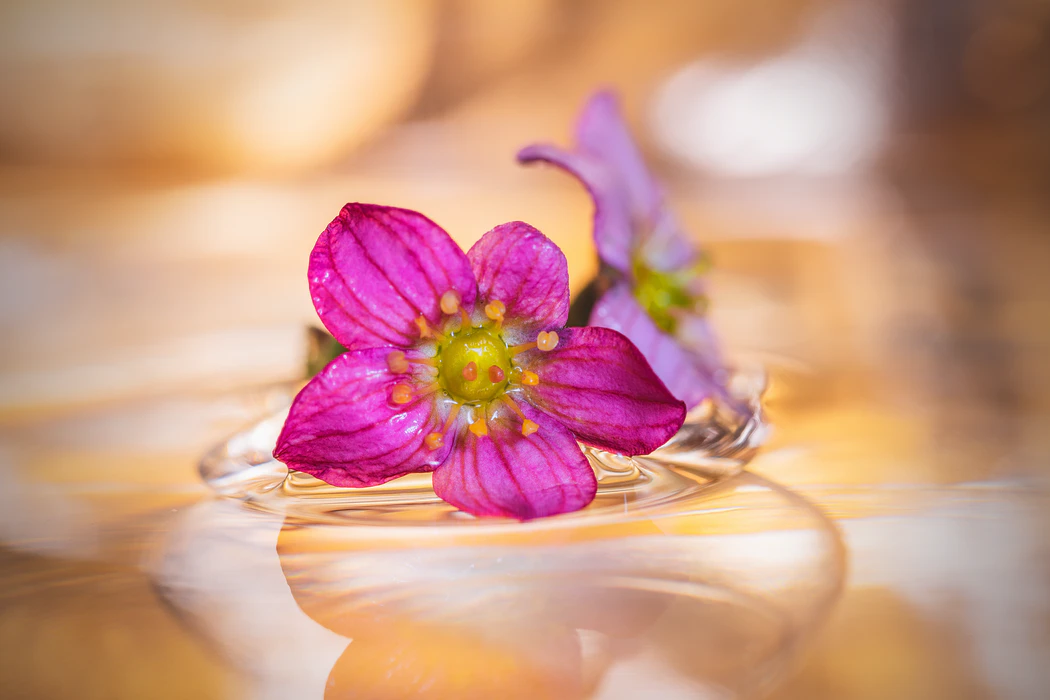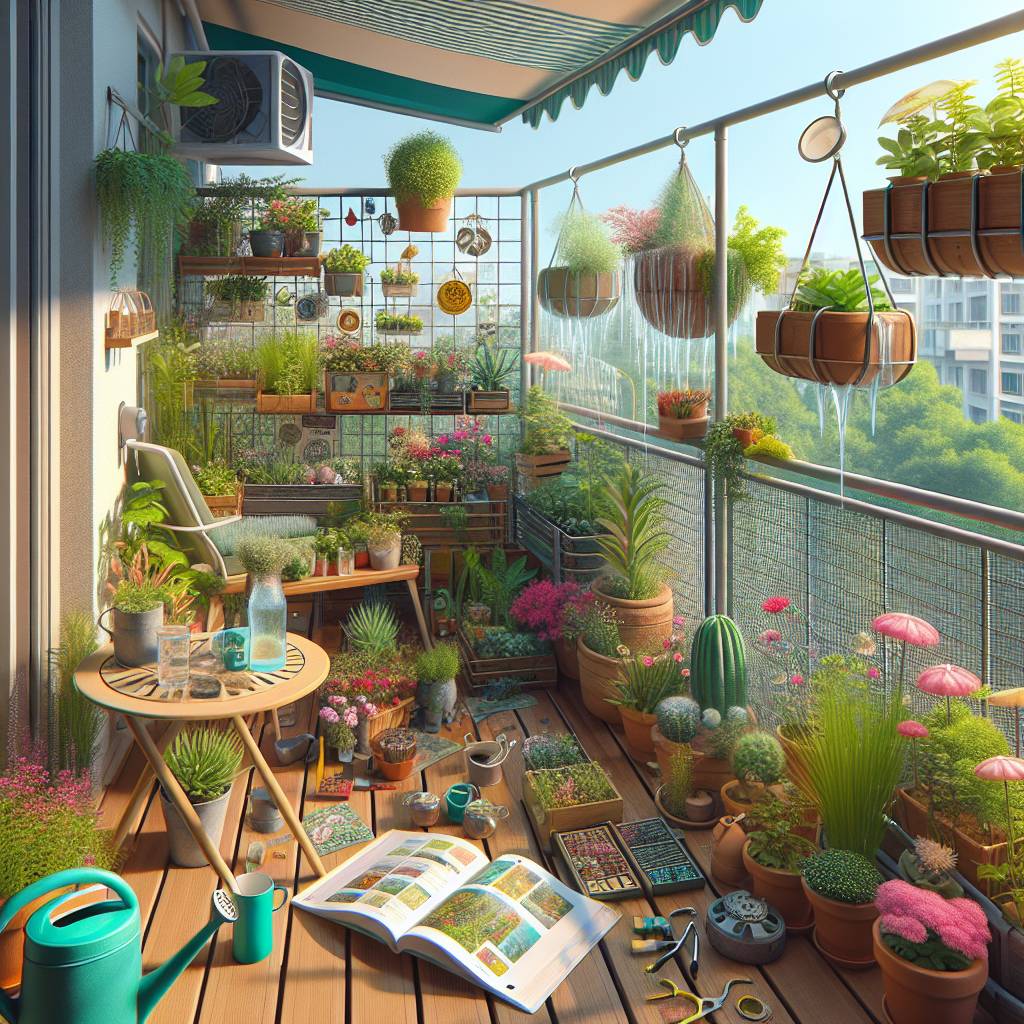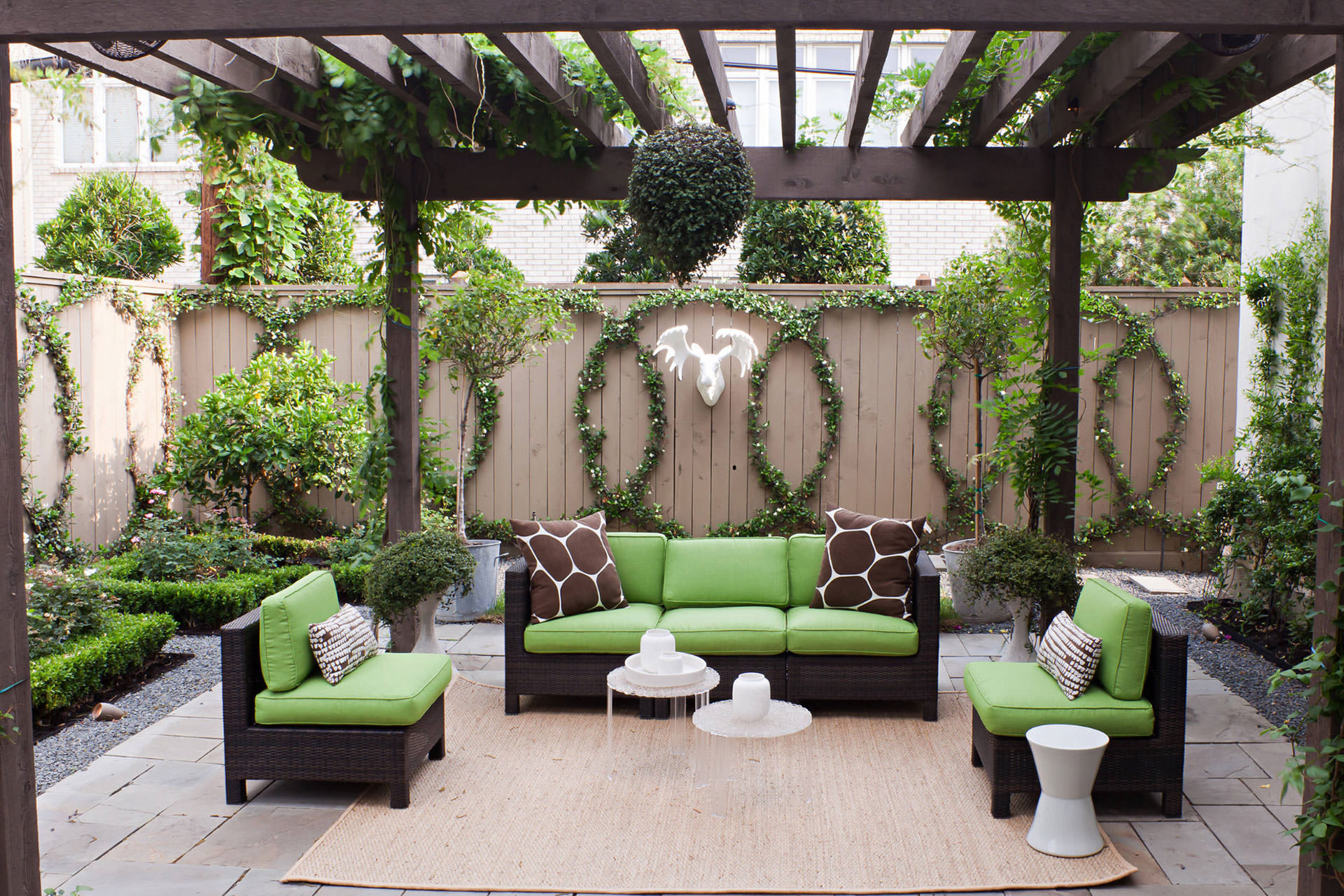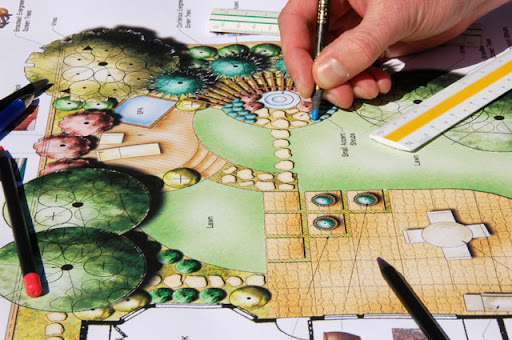Busy homeowners like you, even if you consider yourself as an avid gardener, only have little time left to complete all the necessary garden work (especially if you are also raising kids!). Fussy plants that require constant tending and undivided attention from you aren’t that good of a choice in this time of life.
That is why taking care of long-lived perennials is perfect for your situation! As flowering perennials don’t need to be replanted each year, you’ll now have nothing to worry about switching between gardening and home-making. Here is a list of low-maintenance flowering perennials that will brighten up your yard and will come back year after year effortlessly.
Jacob’s Ladder
USDA Hardiness Zones: 3-8
Soil Needs: Organically rich, well-drained soil
Sun Exposure: Partial to full sun
Size: Up to 18 inches tall
The Jacob’s ladder plant has two species found in gardens: Polemonium reptans and Polemonium caeruleum. If you plan on growing one in your yard, it is better to pick the latter as it is specifically developed for residential use. Gardeners have long been discouraged from growing the former because it has already become extinct in some states.
Jacob’s ladder’s loose flower clusters hang like bells from its long stems and come in varying colors of white, yellow, pink, or blue, depending on the cultivar. When taking care of them, you should know that Jacob’s ladder does well in the shade of their preference and will only need occasional trimming, making them a great addition to your low-maintenance garden.

Coreopsis
USDA Hardiness Zones: 3-9
Soil Needs: Average soil, dry to medium moisture
Sun Exposure: Full sun
Size: 1 to 3 ft. tall
Without much tending, coreopsis and its daisy-like blooms come back more attractive as each year passes by. You may expect its summer and fall flowers to grow one to three feet tall when growing one. These flowering perennials are popular for their commendable drought tolerance.
If you visit your local nursery, you will know that there are four species of coreopsis that are commonly grown in some gardens: lanceleaf coreopsis, pink coreopsis, threadleaf coreopsis, and large-flowered tickseed. They may have different leaves and growing habits; all of the four species have similar daisy-like flowers in them.
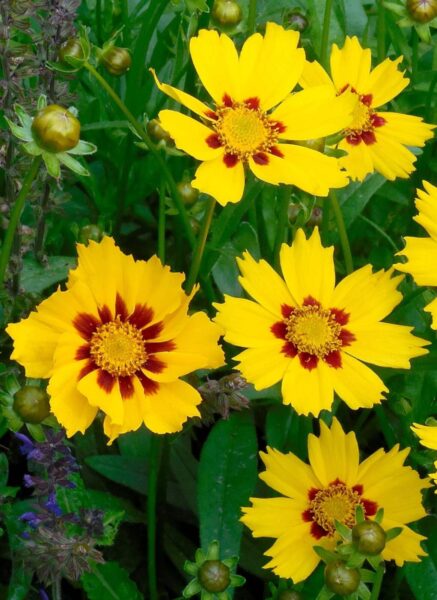
Siberian Iris
USDA Hardiness Zones: 3-9
Soil Needs: From medium moisture to damp soil
Sun Exposure: Partial to full sun
Size: 1 to 4ft. tall
You may have heard of bearded irises and would want to grow them in your yard, but they are susceptible to the attacks of iris borers, making them a high-maintenance plant. However, with Siberian iris, you won’t have to face any trouble growing them. Its clumps of attractive grass-like foliage and flower spikes producing lovely blooms are perfect outdoor eye candy.
Siberian iris also boasts its foliage that continuously grows color and texture throughout the entire summer and fall. And if you remove its flower stalks, this perennial will be as attractive as the other ornamental grasses out there. If you plan to grow them on your own, make sure to place them in moist soil and keep water features right next to them.
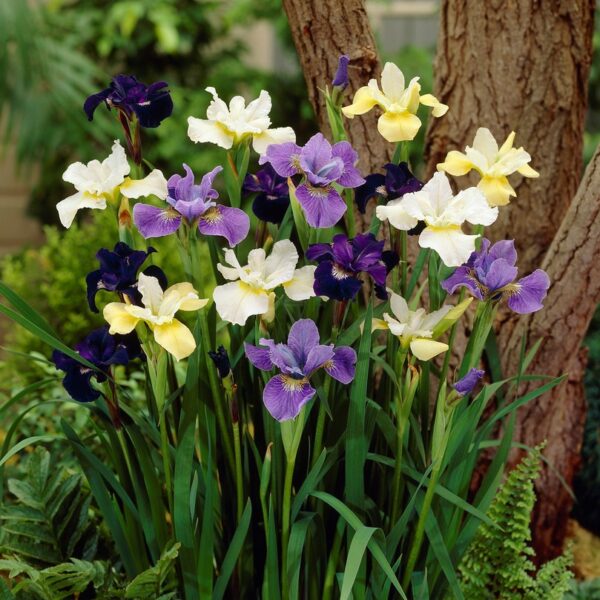
Hostas
USDA Hardiness Zones: 3-9
Soil Needs: Fertile, rich, and well-drained soil
Sun Exposure: Partial shade to full shade
Size: Up to 30 inches
If you want a low-maintenance plant with beautiful foliage, you should include hostas in your garden. This perennial plant has detailed and colorful leaves that can brighten up dimmer areas of your landscape. When shopping for hostas in your local nursery, you may find that this plant has many sizes to it.
Some can reach only an inch or two long, and other hostas can have massive clumps of leaves that grow up to 6 ft. wide. You may have taken delight in growing hostas in your yard because of its foliage, and for this, it is better to clip its flower stalks. But if you want to keep the flowers, it will give your outdoor space a pleasant scent.
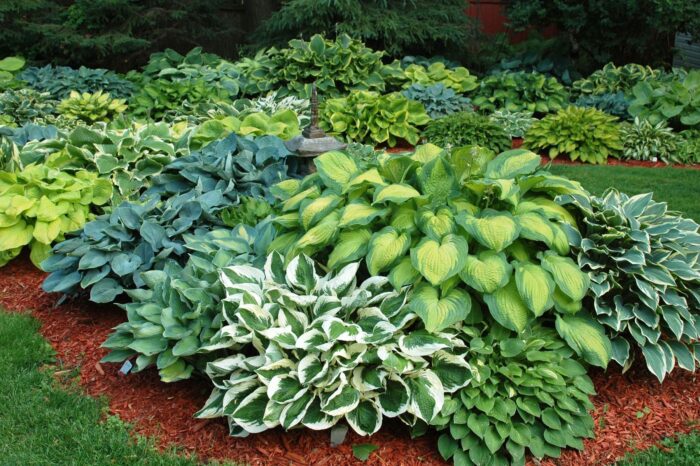
Coneflower
USDA Hardiness Zones: 3-8
Soil Needs: Well-drained soil, dry to medium moisture
Sun Exposure: Full sunlight
Size: 2 to 4 ft. tall
This flowering perennial is beneficial for its medicinal and aesthetic uses. Coneflower is one of the many species that closely resemble daisies and can grow around two to four feet tall. You will have no trouble growing them as they can tolerate drought very well.
Though there are many species of wild coneflower, the most popular would be the Echinacea purpurea. This classic purple coneflower has attractive petals that curve downward; that is why most of its varieties are bred by cultivars for the plant to have a more open face. You can also find some other varieties of coneflower with different colors.
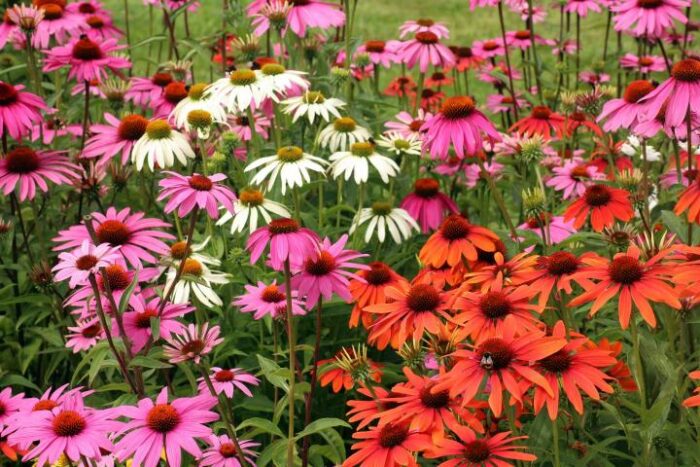
Takeaway
If you are too busy tending to your home and kids but still want to take a break in your garden, taking care of perennials is your companion. With the low-maintenance flowering perennials listed above, you only have to give them enough attention, and these plants will still love you for it.
